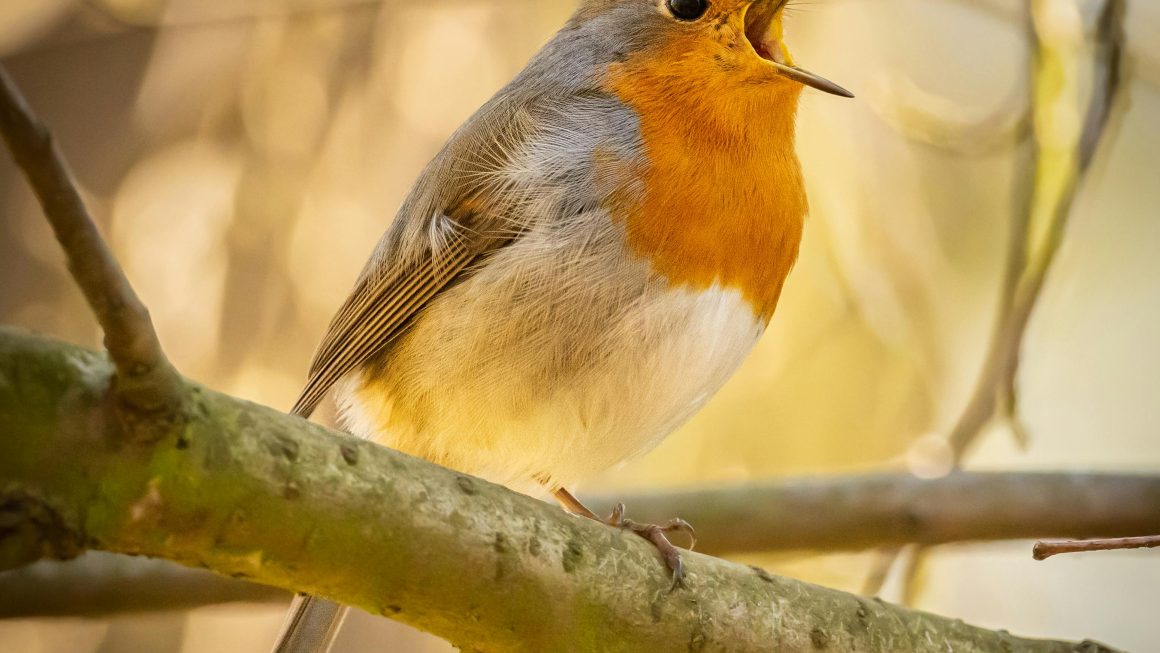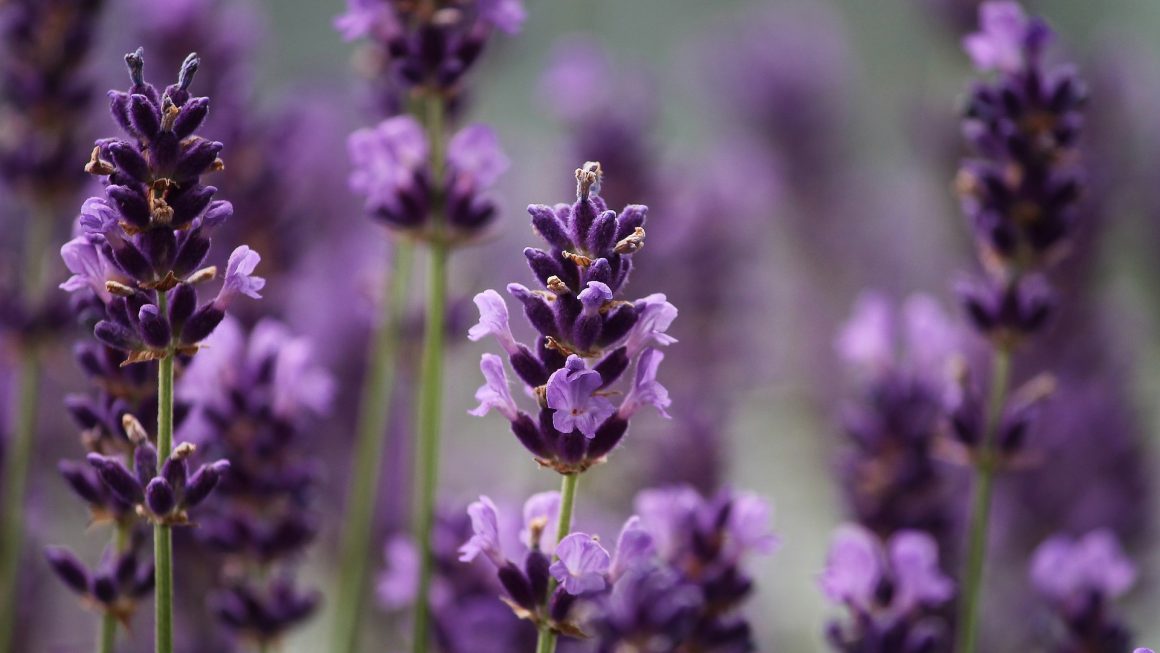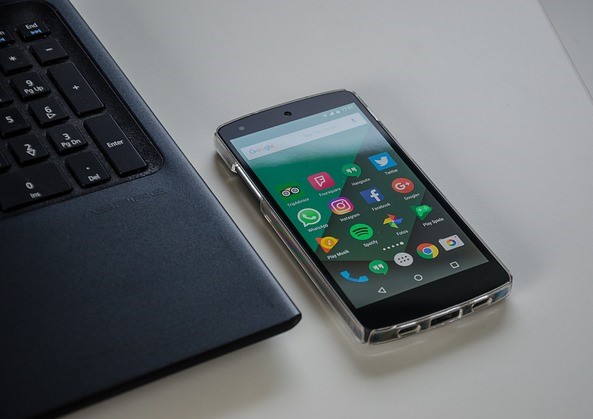This post may contain affiliate links. Please see my disclosure policy to learn more.
If you’re like most people, you probably enjoy having plants in your home. They make your space look more beautiful and inviting. However, not all plants are suited for indoor living. In fact, there are a few plants that you should never bring into your home. Find out why these 8 plants may not belong inside.
English Ivy
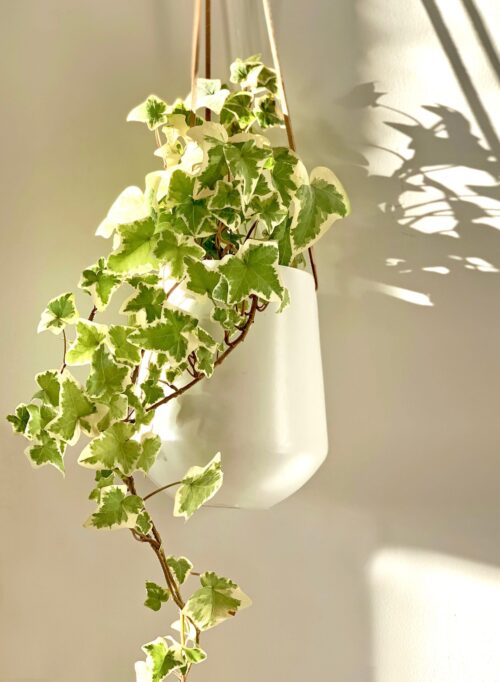
English Ivy is a popular houseplant, but it’s also one of the plants you should never bring into your home if you have sensitive skin. The plant may cause an allergic skin reaction in some individuals, resulting in itching, a rash, or blisters. English Ivy can also cause respiratory problems in both humans and pets. It is also poisonous to pets; if they consume it, it can cause breathing issues, paralysis, or coma. For these reasons, it’s best to avoid English Ivy.
Oleander
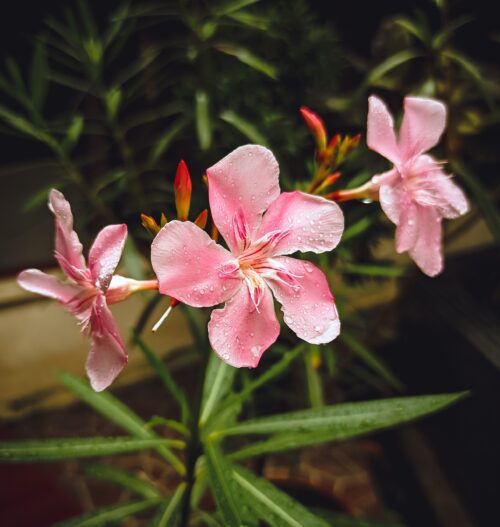
Oleander is a striking plant known for its beautiful pink flowers, but it comes with a serious warning. Every part of the plant is highly toxic; just one leaf can be harmful to humans or pets. Ingesting oleander can lead to symptoms such as vomiting, diarrhea, tremors, and, in severe cases, even death. While its blooms are eye-catching, it’s important to keep this plant out of reach of children and animals, or avoid planting it altogether.
Bonsai Trees
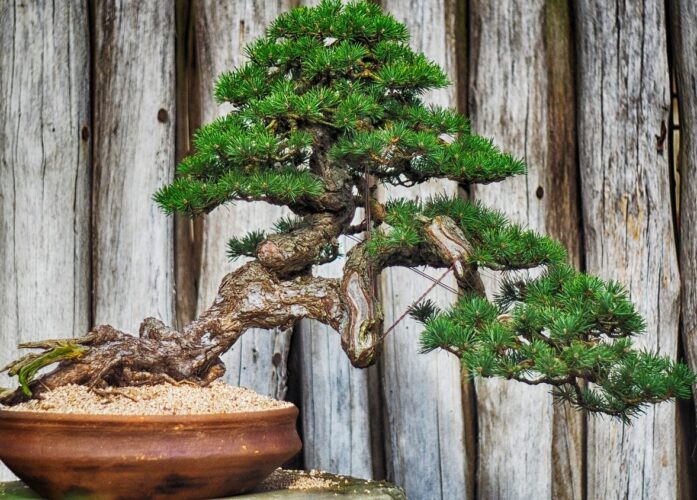
Bonsai trees are a popular choice for indoor plants, but they’re also one of the plants you should avoid bringing home. The problem is that the plant is extremely irritating to those who are allergic to trees. Even if you don’t have allergies, be cautious when watering or trimming them. The tree produces a sap that can cause skin irritation, redness, and swelling. So, if you’re prone to allergies or have sensitive skin, it’s best to avoid bonsai trees.
Boston Fern
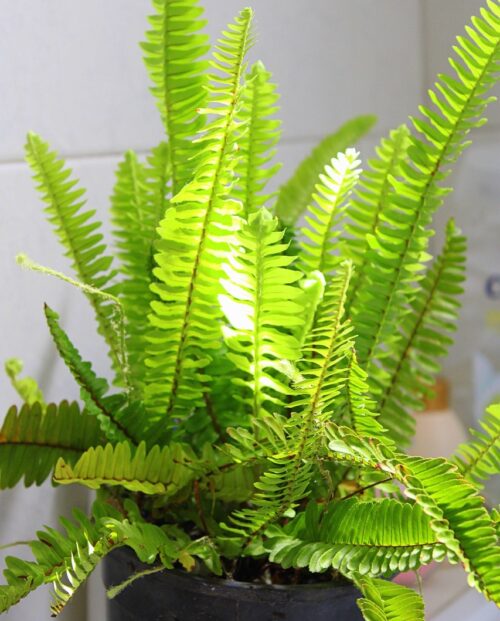
Boston Ferns are a popular choice for indoor plants because they’re easy to care for, and they add some greenery to your space. However, they’re also one of the plants you should avoid bringing into your home. The problem with Boston Ferns is that they can become moldy very quickly if not given enough water or humidity. If you’re not careful, the mold can cause respiratory problems in susceptible individuals. So, it’s best to avoid Boston Ferns if you have allergies or asthma.
Dumb Cane
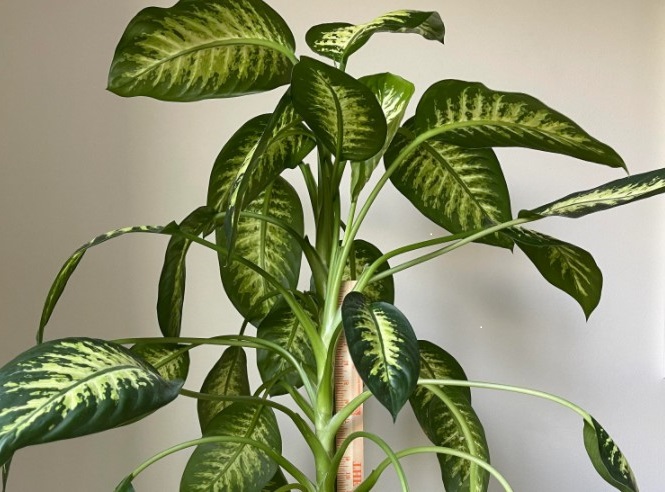
Dumb Cane is one of a kind, but it isn’t the sort of houseplant you want to have in your home if you have pets. If your pet consumes it, he or she may develop mild swelling and burning of the mouth to difficulty breathing or even death as a result of the calcium oxalate crystals. So, if you have pets, it’s best to avoid the Dumb Cane.
Lily
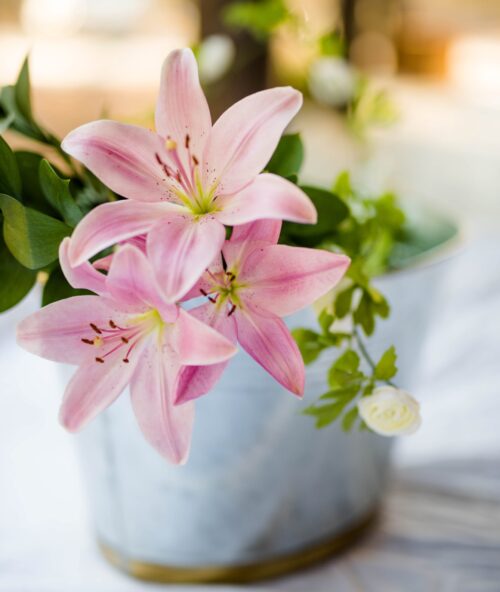
Lilies are beautiful flowers that grow both indoors and outdoors. Some lilies are completely safe to cultivate indoors, while others may be severely toxic, especially to cats. Cats are unable to tolerate any part of the lily plant and will experience vomiting, tiredness, and hunger (even licking pollen or drinking water from a vase can be fatal). If not treated swiftly, it can lead to death. Lillies may also cause stomach discomfort, vomiting, headache, skin rashes, or vision problems in people. If you have cats, it’s safest to avoid lilies altogether.
Caladium
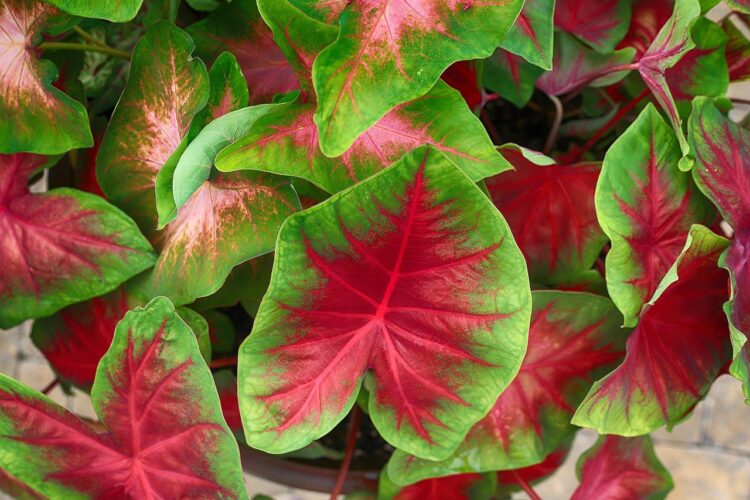
Caladium is a popular houseplant for outdoor landscaping, often known as elephant’s ears or angel’s wings. It comes in a variety of hues, including red, pink, and white, and is frequently employed to add color to the house garden or patio. The major issue is that all of the caladium plant’s parts are hazardous to humans and animals. Even a tiny quantity ingested can result in mouth, lip, tongue, throat, and neck burning and swelling. It can also induce breathing problems and, in the most severe situations, restricted airways that might result in death. If you have animals or small children, it’s best to avoid caladium.
Philodendron
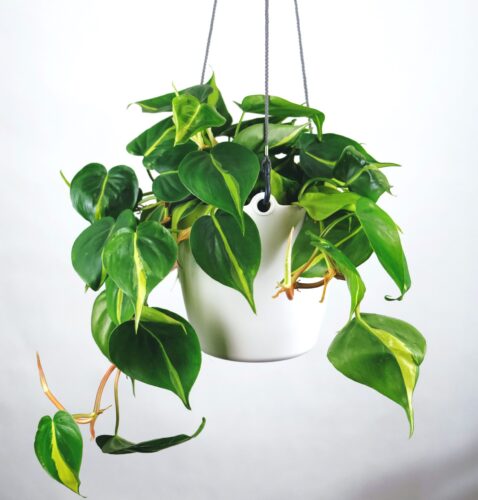
Philodendrons are one of the most common houseplants; they come in a variety of shapes and sizes. They’re often used as climbing plants or ground covers. While they’re not as poisonous as some of the other plants on this list, they can still cause skin irritation, burning, and swelling if you come into contact with their sap. So, if you have sensitive skin, it’s best to avoid philodendrons or wear gloves when working with them.
*There are several plants you should avoid bringing into your home if you want to keep yourself and your loved ones safe. Some, like Oleander and Bonsai trees, can cause skin irritation or respiratory problems. Others, like the Lily and Caladium, are poisonous and can result in death if ingested by animals or humans. So, before you bring any new plants into your home, be sure to do your research, so you know which ones are safe and which ones to avoid.
- CLEANER AIR: Our variety pack of live air purifying plants helps keep your indoor air fresh and clean by naturally filtering out pollutants and toxins. Many indoor plants also act as natural humidifiers, adding moisture in the air so you can breathe better
- PERFECT FOR ANY SPACE: Whether you're looking to spruce up your home office or add a touch of greenery to your living room, clean air indoor plants are versatile enough to thrive in any space. Sits beautifully on any desk, windowsill, or tabletop
- ELEVATE MOOD & WELLBEING: Plants make us happy. They give us life, fresh air and a sense of calm - all of which have the ability to lift your mood and improve your wellbeing. NASA studies show having plants improves mood, creativity and reduces stress
- READY TO GROW: Your new air purifying plants arrive well-packed with care instructions. Keep it happy, healthy, and growing by placing in a bright room and water about once a week. Adjust as needed for your environment
- PLANTS MAKE GREAT GIFTS: Plants can be delivered to your loved ones for any occasion, including birthdays, anniversary, and housewarming. Enjoy peace of mind that every plant is well packaged, farm fresh, and ready to impress with your gift message
- LIVE INDOOR PLANT: Bring home a beautiful Money Tree for a tropical feel. Pachira houseplants are lush and green, ready to liven up your room decor. Money Tree is gorgeous on any tabletop, shelf, plant stand, or in any living room, office, and bedroom
- GORGEOUS HOME DECOR: Money Tree is a decorative houseplant that has the ability to improve the look and feel of your home decor with a touch of green. Carefully potted in a modern decor planter and ready to be enjoyed and admired instantly after unboxing
- ELEVATE MOOD & WELLBEING: Plants make us happy. They give us life, fresh air and a sense of calm - all of which have the ability to lift your mood and improve your wellbeing. NASA studies show having plants improves mood, creativity and reduces stress
- READY TO GROW: Your new live indoor plant arrives well-packed with care instructions. Keep it happy, healthy, and growing by placing it in medium, indirect sunlight and giving it 2-3 cups of water about once a week. Adjust as needed for your environment
- PLANTS MAKE GREAT GIFTS: Plants can be delivered to your loved ones for any occasion, including birthdays, anniversary, and housewarming. Enjoy peace of mind that every plant is well packaged, farm fresh, and ready to impress with your gift message
- HOUSE PLANT BOX: Enjoy a rotating assortment of 12 small plants in 2” nursery pots. This plant pack includes easy, low-maintenance plants for bedroom decor and living room plants for any space.
- DECORATIVE PLANTS FOR HOME DECOR: Your order may include varieties of: Begonia, Philodendron, Pilea, Pothos, Peperomia, Syngonium, ivy vines, polka dot plants, spider plants, other easy plants.
- PLANT LOVER GIFTS: Gift with cute plant pots or ceramic planters for indoor plants, a plant terrarium, and houseplant soil to make these the perfect gifts for plant lovers and gifts for gardeners.
- LIVE INDOOR HOUSE PLANTS: Our mini plant collection features hanging plants, vining plants, low light plants, and pet-safe plants to grow in decorative plant pots. Your live plant delivery will vary.
- COLD WEATHER WARNING: We discourage placing an order if your local temperature is below 32 degrees. Your plants will potentially arrive damaged and/or frozen if shipped in frigid conditions.





